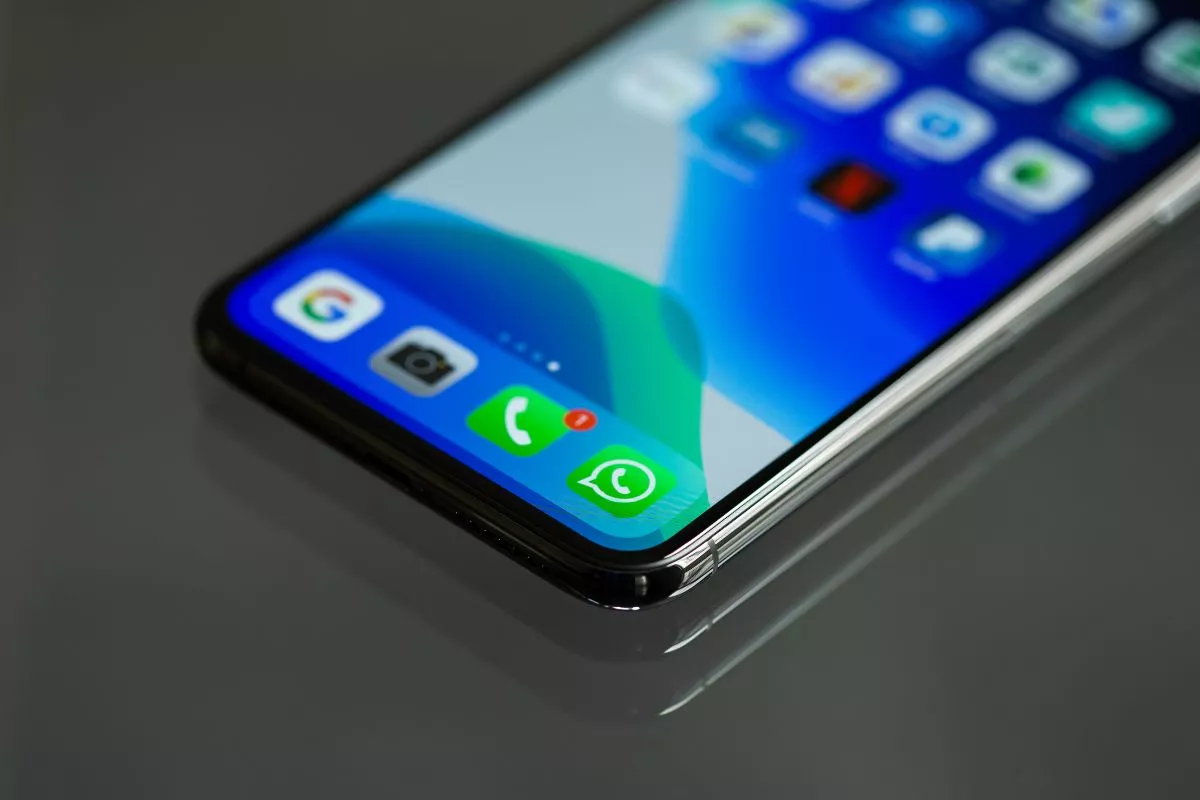Apps for recovering photos are super important nowadays, especially when losing photos can be as bad as finding an app that works on both Android phones and iPhones.
In today's online world where every moment matters, it's easy to lose photos.
But the good news is that there are apps designed to help bring back those photos we thought we'd lost forever, giving us hope and relief right away.
I'm going to talk about four of these amazing apps that work for both Android and iPhone so that everyone can recover their important photos.
These apps are not just common tools; they are like a bridge that helps us reconnect with very special moments.
It doesn't matter if you're someone who loves taking photos and ended up deleting one by mistake, or if your phone suddenly had a problem, the solution is easy to find.
With easy-to-use systems and simple steps, these apps make recovering photos something anyone can do, turning worry into relief and happiness.
In addition to showing you these miraculous applications, I will also give you tips on how to download and install them, so you can start recovering your lost photos soon.
Plus, I'll share advice to avoid losing photos in the future, because knowing how to take care of your digital photos is just as important as knowing how to get them back.
Get ready to discover the best photo recovery applications on the internet, ensuring that your memories are safe and accessible.

Recuva Details:
Recuva is praised for its ability to restore a wide range of lost files, including photos.
Its simplified interface is especially attractive, allowing users of any technical level to restore their images without complications.
Steps for Download and Installation:
About DiskDigger:
DiskDigger stands out as a powerful application, capable of rescuing lost photos from both Android devices and SD cards, without the need for root in its basic version.
For iPhone users, it allows you to recover images from backups stored in iCloud.
How to Download and Install:
For Android:
For iPhone (via iCloud):
Information about PhotoRec:
PhotoRec is renowned for its ability to recover different types of files from a wide range of storage devices.
Although its text-based interface may be challenging for some, it delivers remarkable results.
Download and Installation Instructions:
Dr.Fone Details:
Dr.Fone presents a complete data recovery solution, compatible with both Android and iOS.
It is capable of restoring photos, videos, contacts and messages directly from the device or through backups.
How to Download and Install:
To ensure the security of your photos, it is recommended to keep copies in different locations.
Using services such as Google Photos, iCloud or Dropbox is a practical way, because when you configure automatic upload, each photo taken with your smartphone is stored online.
This way, even if you lose your device or it gets damaged, your photos will remain safe.
Another suggestion is to store an additional copy on an external hard drive or SSD, providing an extra layer of security.
Performing periodic backups, such as monthly or after significant events where many photos are taken, is a healthy practice.
Keeping your cell phone and applications up to date also helps protect your photos against virtual threats.
Periodically reviewing your photos to eliminate duplicates and keeping only the most significant ones makes it easier to organize and access your memories in the future.